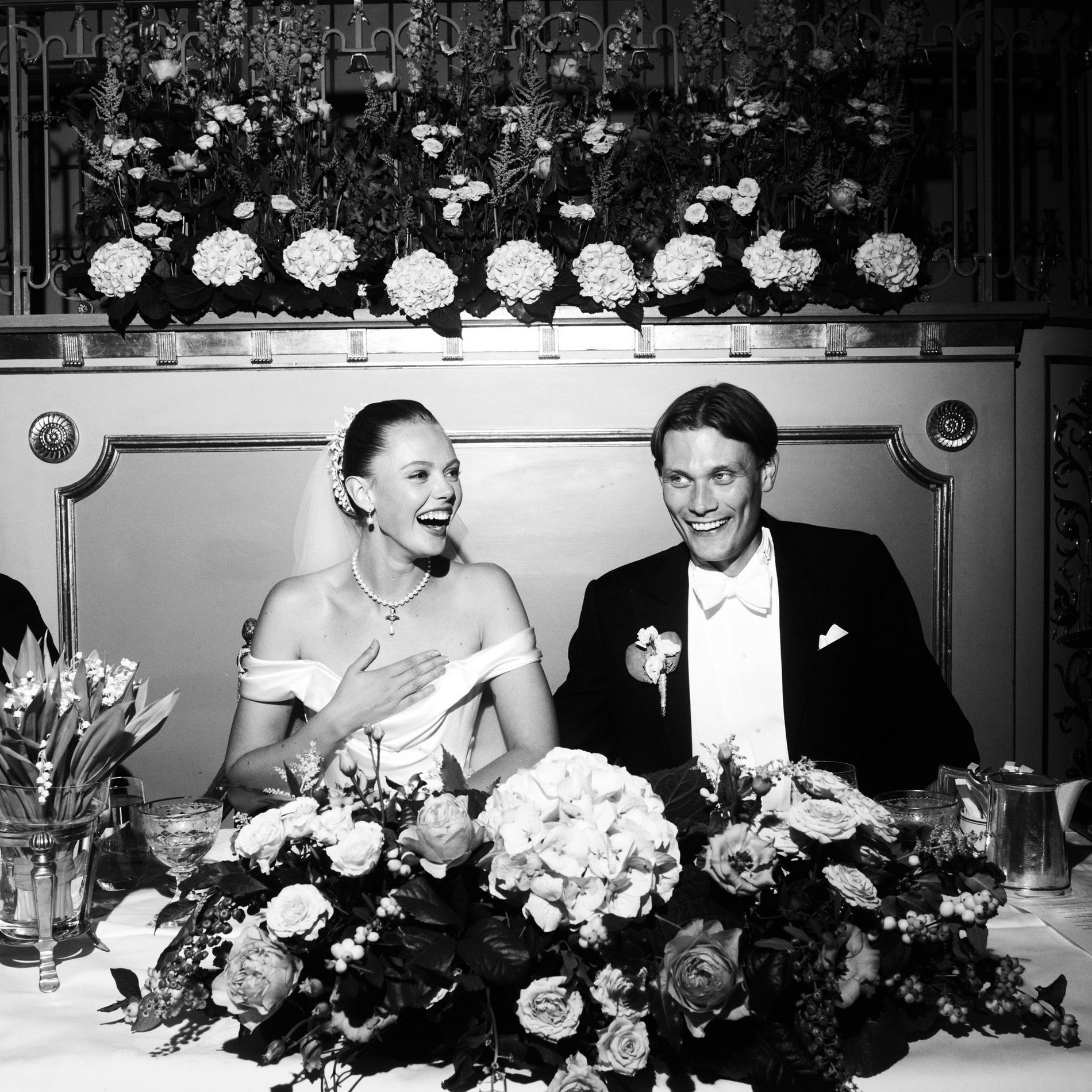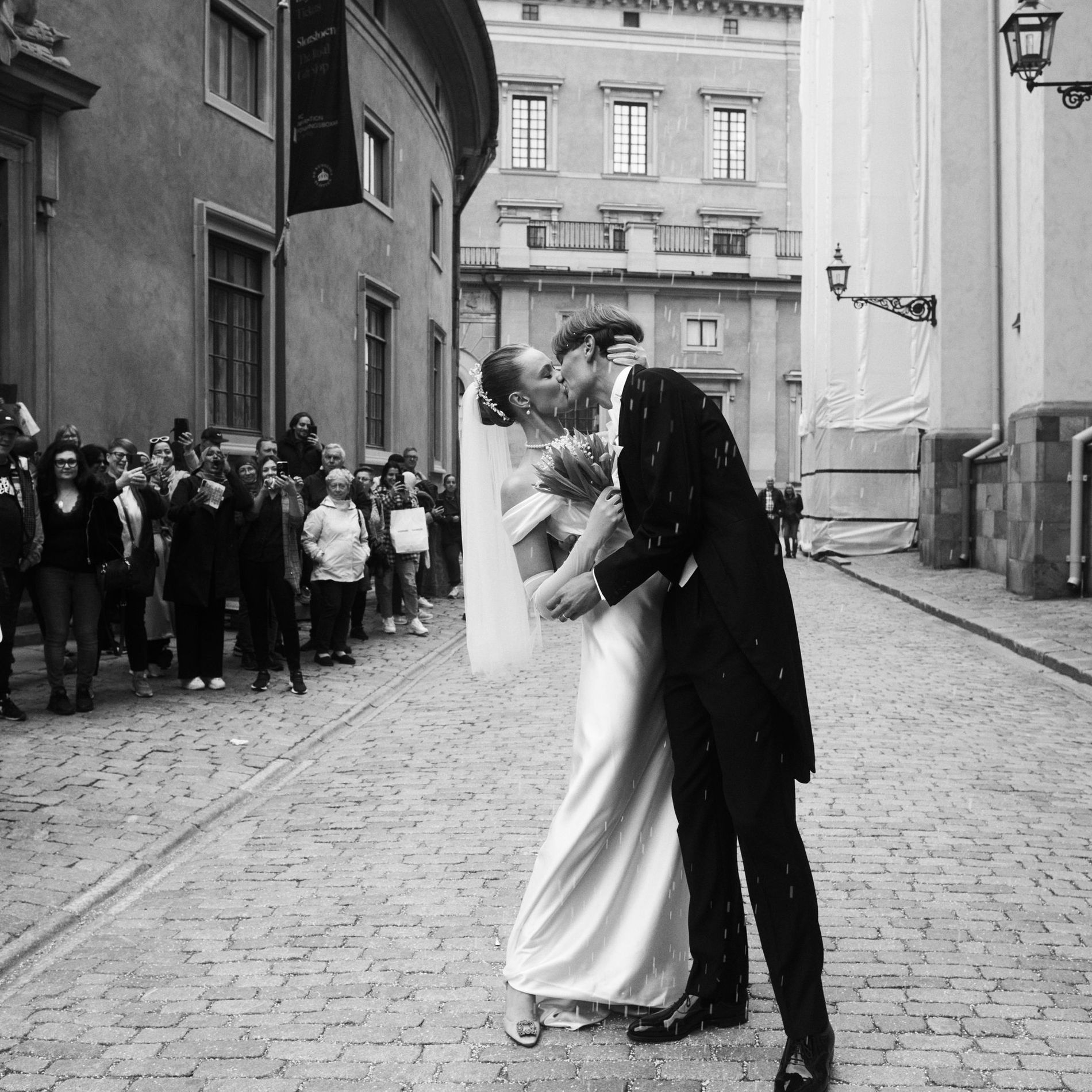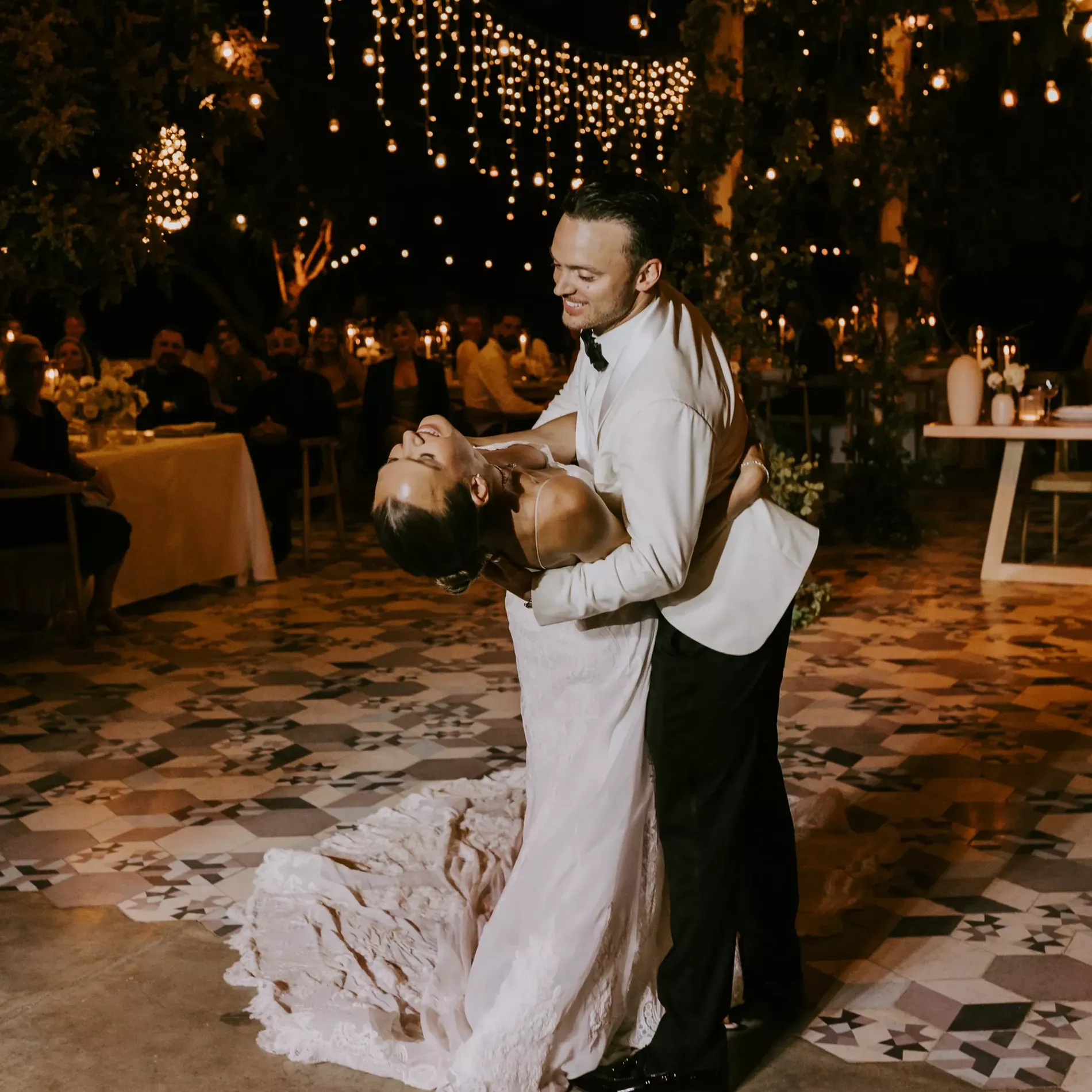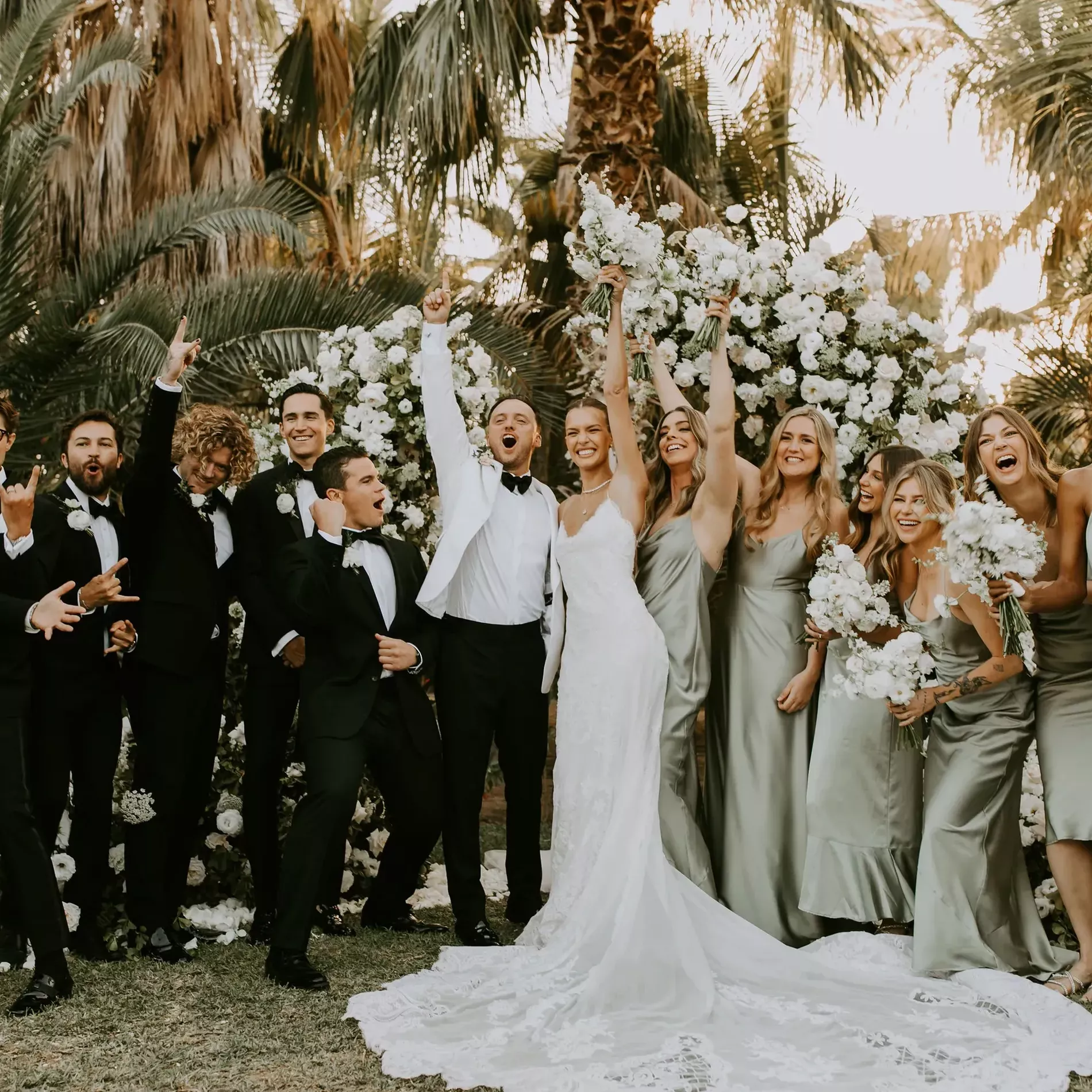Don't fret, these are all the must-know rules when working on the invitations for your upcoming nuptials
Enjoy your just-got-engaged glow while it lasts – as a newly minted bride-to-be, you still have a guest list to write. Navigating wedding plus one etiquette for your big day is no easy feat. “To the couples out there experiencing this obstacle in their wedding planning journey, I hope you can take solace in the fact that you’re not alone,” says celebrity wedding planner Matthew David Hopkins. “Millions of couples have gone through – or are going through – this difficult stage in the planning process, and have gotten over this hurdle.” Stressing over who should get a plus one on your special day? No need to fret – follow these tried-and-true wedding plus one rules.
Married, engaged and cohabiting guests traditionally receive a plus one
As a rule of thumb, Emily Post’s Wedding Etiquette says spouses, fiancés and live-in partners of each guest should receive an invitation. “Even if you’ve never met or they are not your favourite people, your guest is part of a package deal,” authors Anne and Lizzie Post explain.
Some of the other hidden guests you should invite on your wedding day? The spouse or significant other of your ceremony officiant, as well as both parents of ring bearers and flower girls.
Everyone in the bridal party should receive a plus one
The rules about cohabitation, dating and marriage go out the window when it comes to plus ones for your wedding party. Not only does a happy wedding party make a happy couple, but allowing a bridesmaid to bring her new boyfriend, for example, is a small token of appreciation you can offer in exchange for her efforts and support, suggests Amber Harrison, a wedding expert at Shutterfly. Think of it as a “thank you” for every occasion your bridal party has had to organise and participate in over the past year.
Related: Tomas and Miisa Grekov cement their rom-com love story with a breath-taking Finnish wedding

Swedish supermodel and actress Frida Gustavsson's Stockholm nuptials. Photo: Pierre Björk

Photo: Pierre Björk
For additional guests, have a clear criteria
Hypothetically, if you allow one single guest outside the bridal party to invite a more casual partner or friend, then you should allow all single guests to do so. (“It’s hard to give singles a plus one and other others,” Anne and Lizzie Post write. “You can risk hurt feelings.”) However, weddings are expensive, and adding so many extra names may not be feasible for a couple and their budget.
In that case, the Posts suggest having a clear, easily explainable criteria about who gets to invite who – for example, only allowing your single attendants to bring an additional person.
Don’t worry about returning plus one favours
Even if you were allowed to bring a date to a friend’s wedding, don’t feel obligated to return the plus one favour (seriously). “Your wedding is – and can be – different from theirs,” says Hopkins. “They may not be happy with your decision at first, so it may be best to communicate and explain why you made the decision you did.” Most importantly, work extra hard on your seating chart to ensure those attending your wedding stag are seated with someone they know, or at a table filled with personalities who will make them feel comfortable and welcome.
Include the plus one on the invitation
How do you notify your guest about whether or not they have to fly solo? It starts on the envelope. Very traditional wedding invitations have an outer and inner envelope. The outer layer addresses the recipient (the guest or couple you know personally) and the inner paper then lists all the names of those who are invited, like children or plus ones. “That envelope says a lot. If it’s your name alone, they are not offering a plus one. If it is for you and a guest, it will say so,” Harrison says.
This is not always the case, particularly with more modern invitations. If you’re only including one envelope or sending an online invitation, be sure to address all invitees clearly and up front. If the couple is in a relationship, list both guests by their full names. If you’re allowing a guest to bring a casual date, write your friend’s name and then “and guest.”

Josephine Skriver's magical table scape. Photo: Courtney Pecorino

Photo: Courtney Pecorino
Be mindful when seating couples and single guests
Draft a seating plan that fosters a comfortable dynamic for solo guests. For singles, there are fewer things more awkward than being sandwiched between an old married couple or a PDA-heavy pair. But creating a “singles only” table could give off the impression you’re corralling your single pals. Instead, place them between outgoing and friendly couples who they’ll likely get along with. That’s sure to create a more communal feel to the event, and it’ll help them meet people organically.
Be prepared for people to ask if they can bring a plus one
Guests who do not receive a wedding plus one may reach out about bringing a guest. Emily Post’s Wedding Etiquette says to first enquire further about this requested addition: maybe your friend’s relationship has turned more serious in the past few months, for example. “When it’s news to you that the guest is now in that relationship, do what you can to include his or her partner,” they write.
However, if you don’t have the room, Harrison says it’s okay to reply with something kind, along the lines of: “We would love for you to bring a guest, but this is a very intimate affair.” Do it over the phone or in person rather than email.
Originally published on vogue.co.uk
